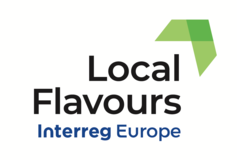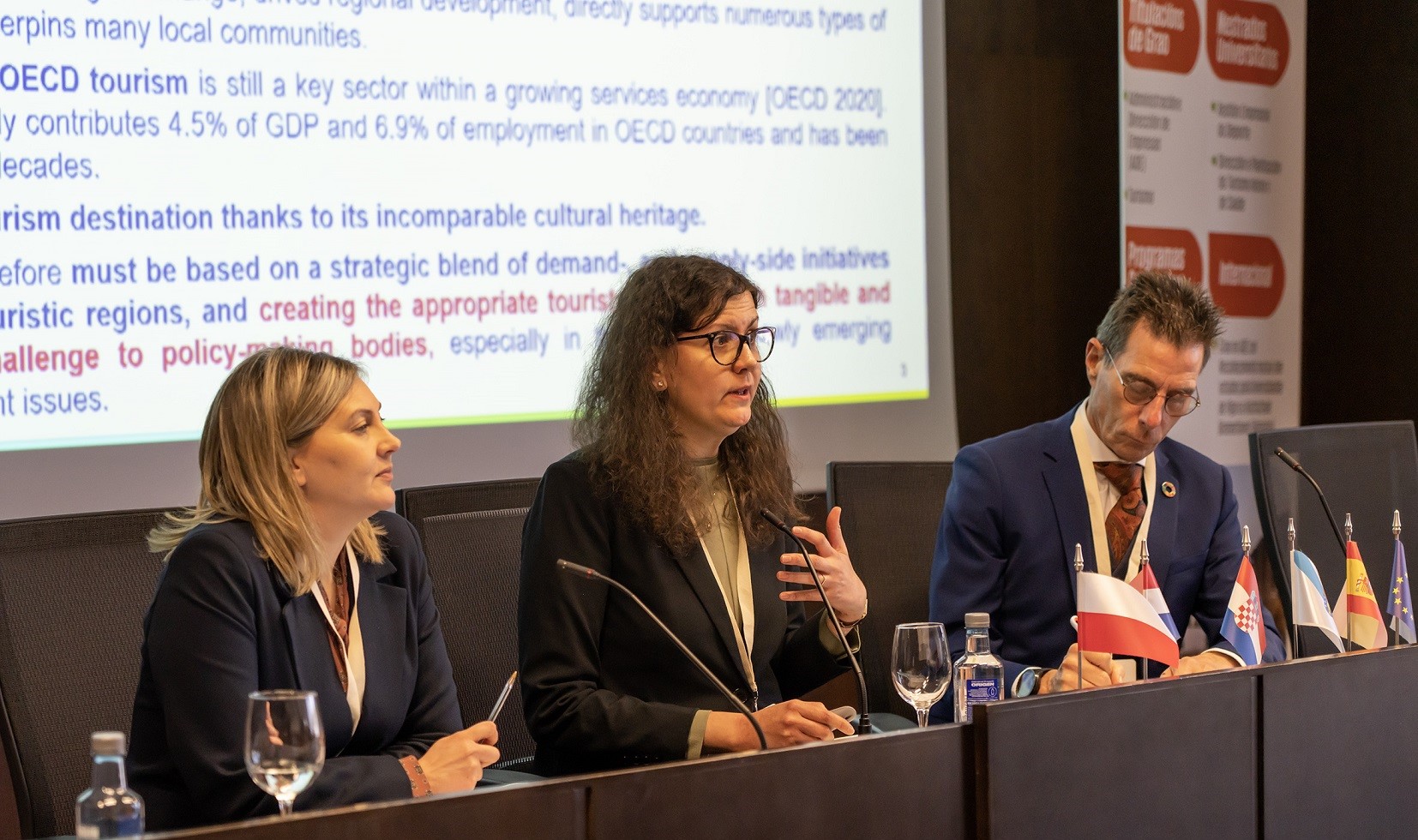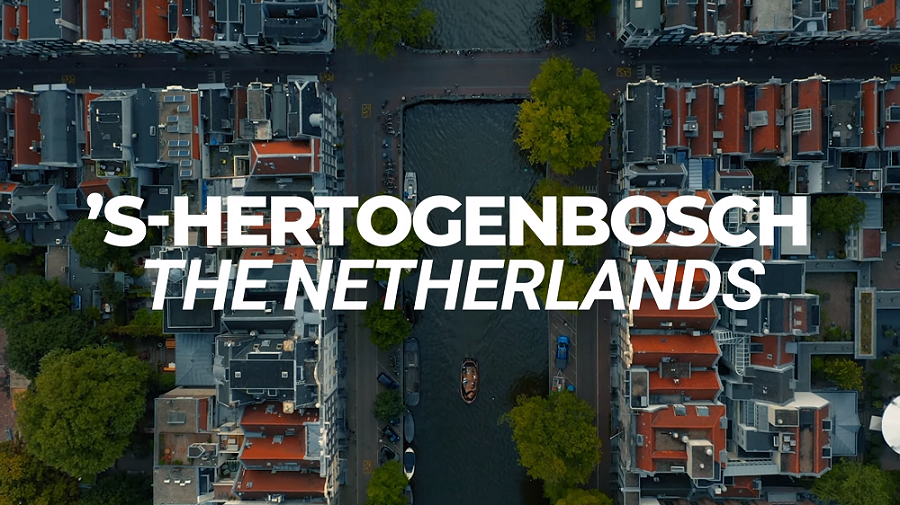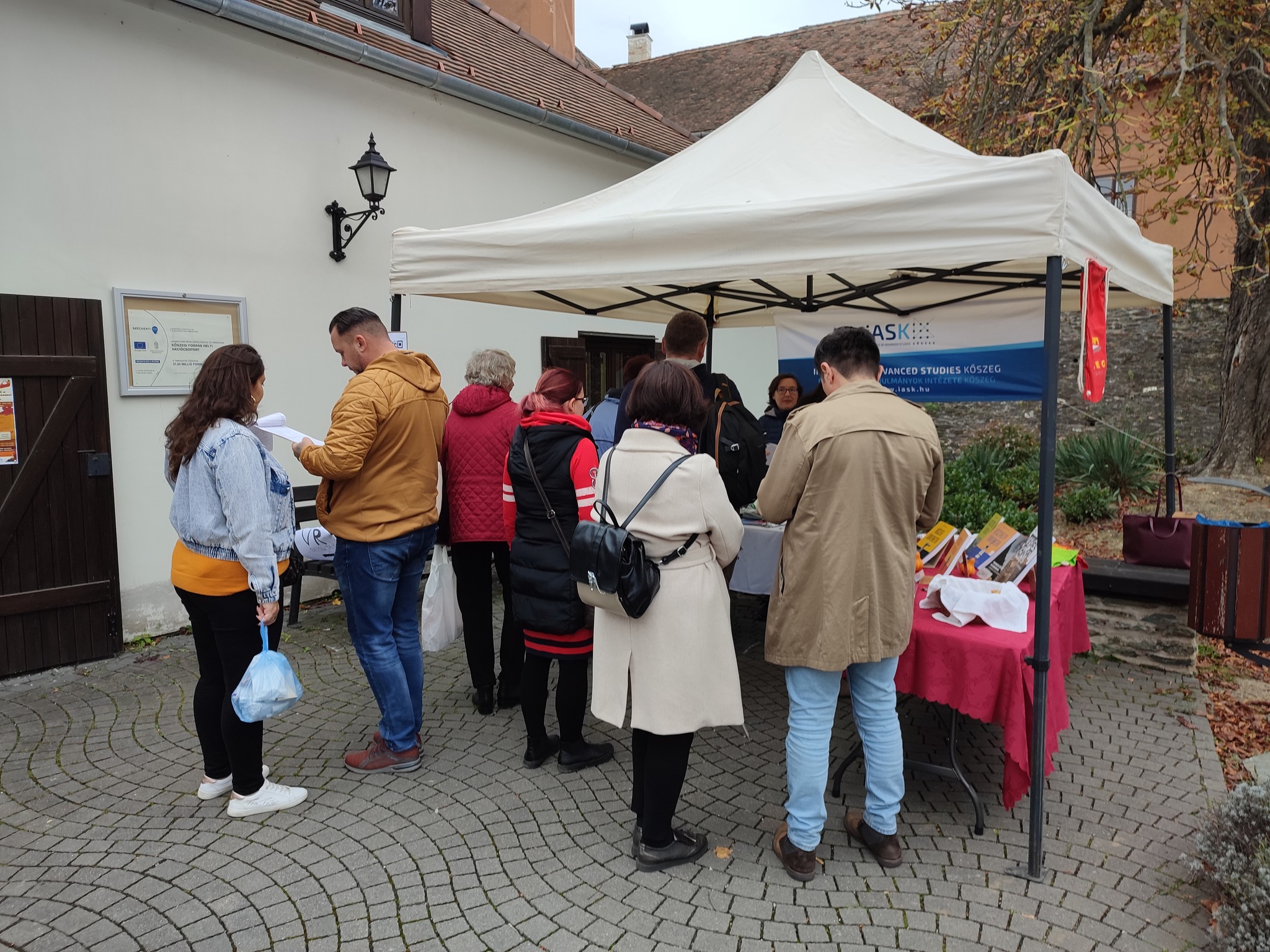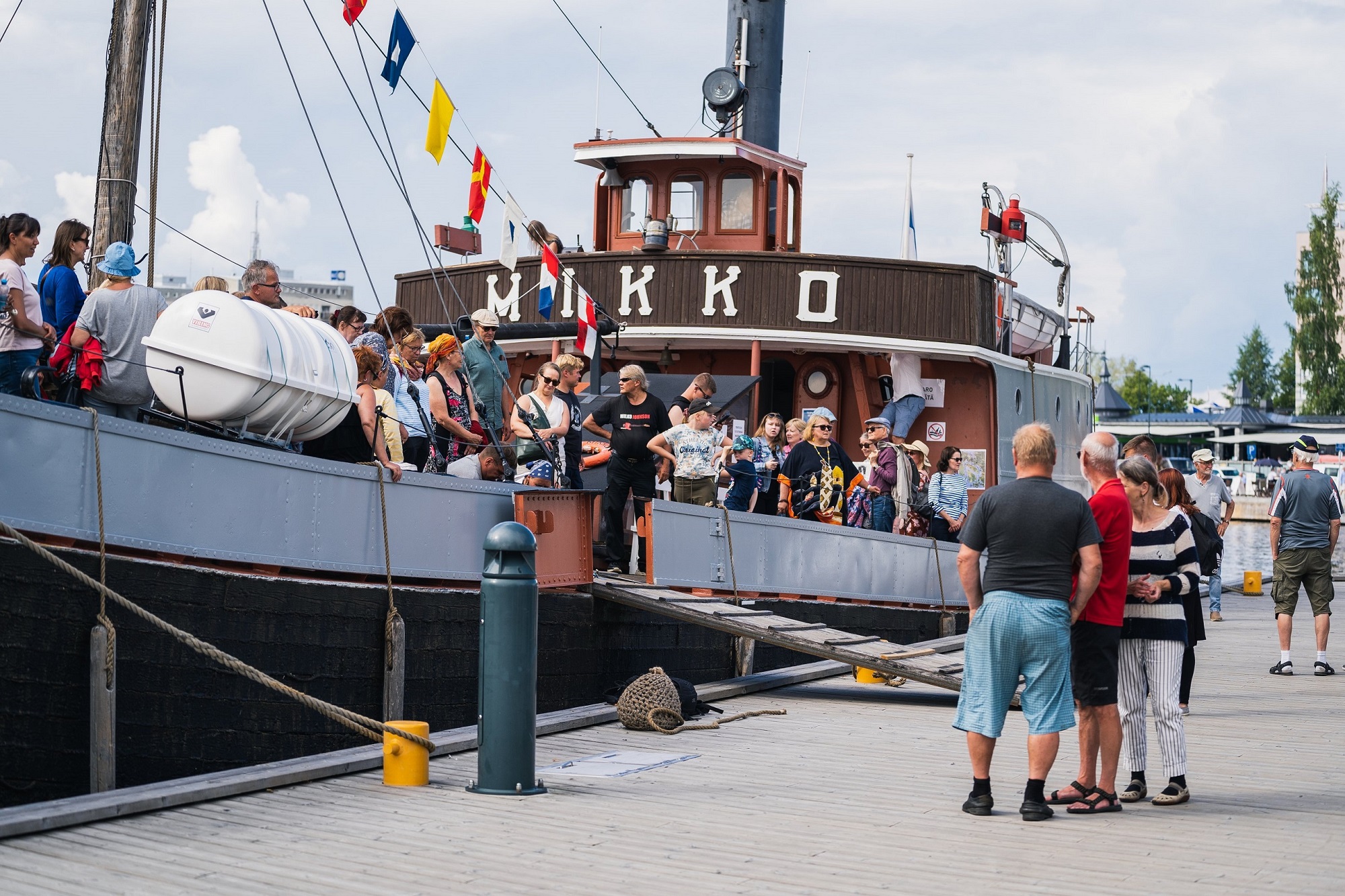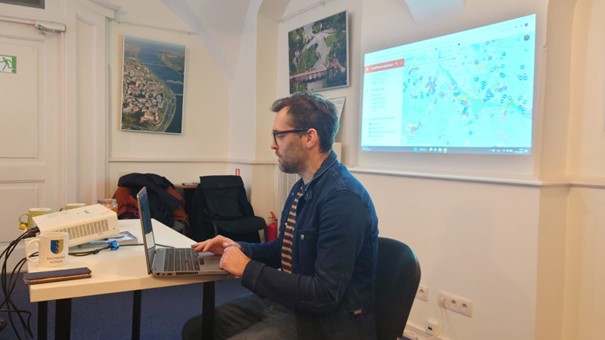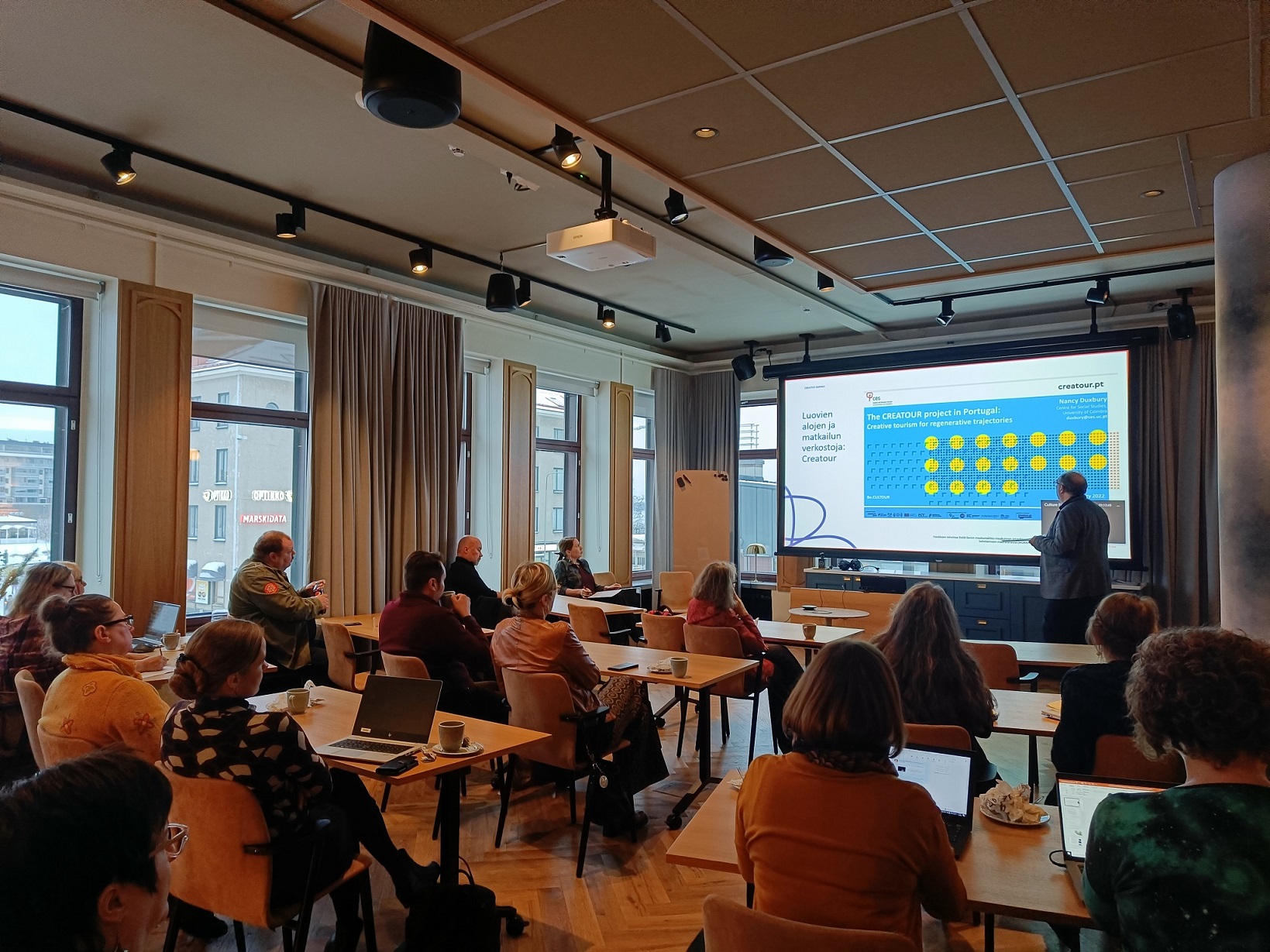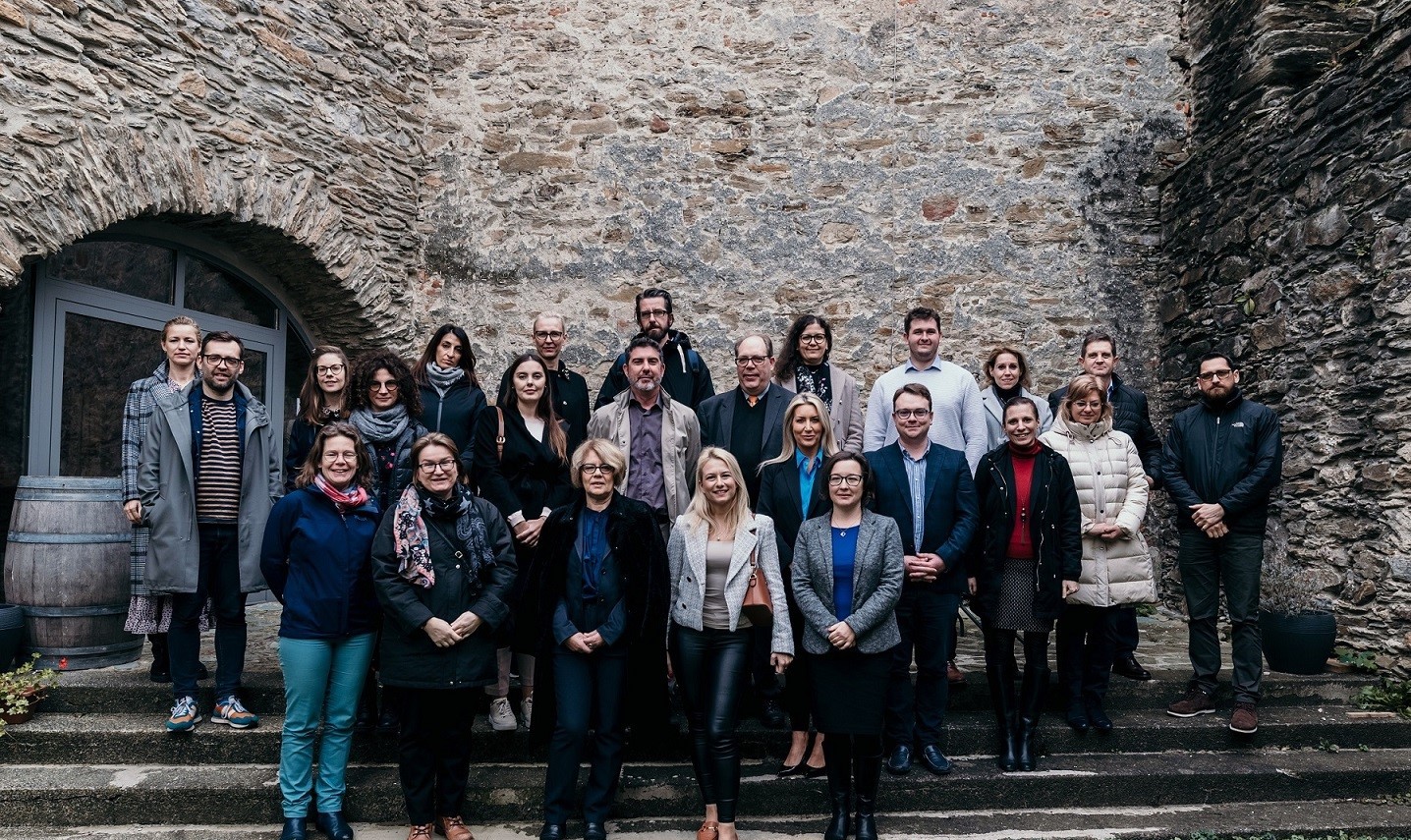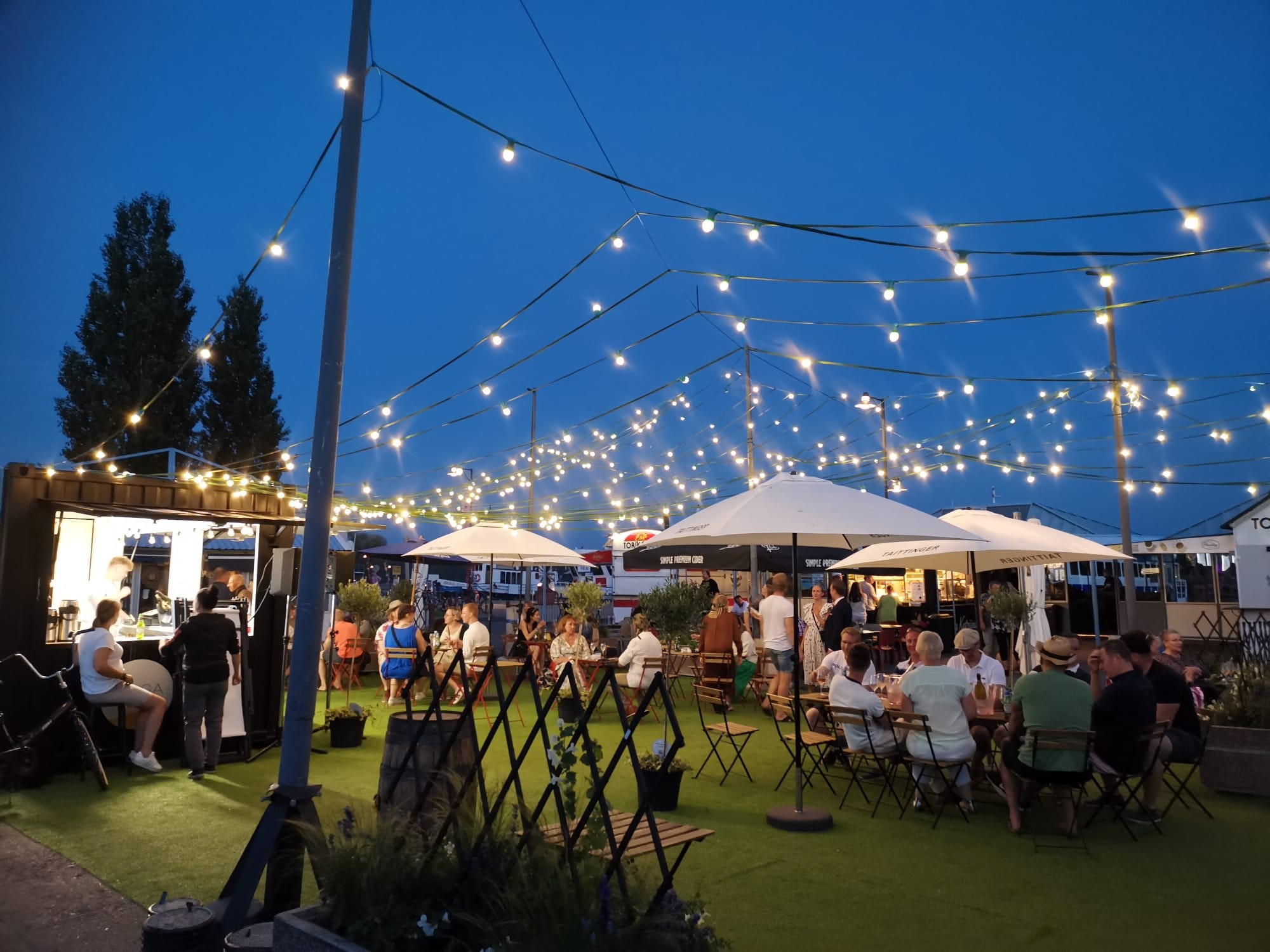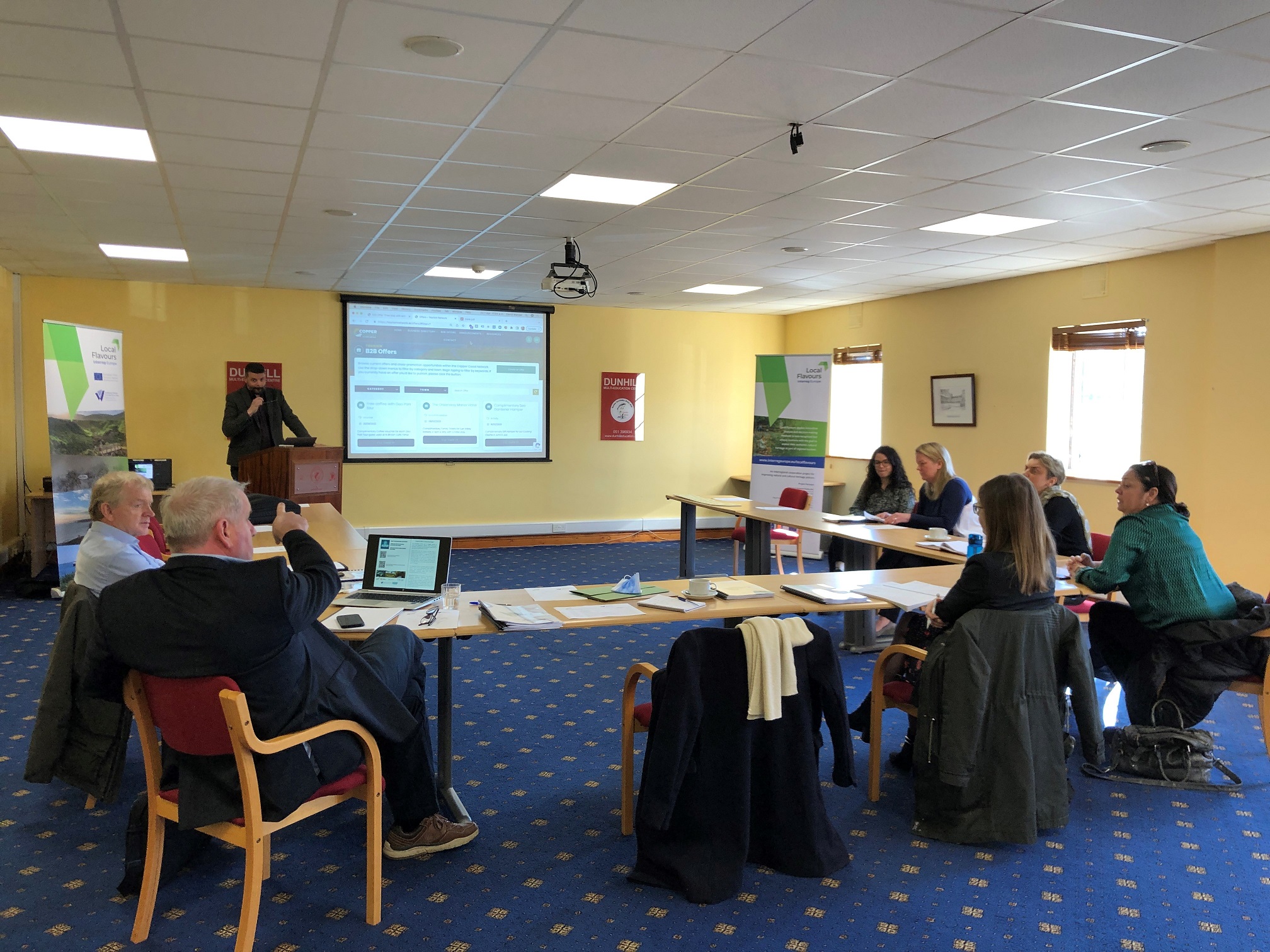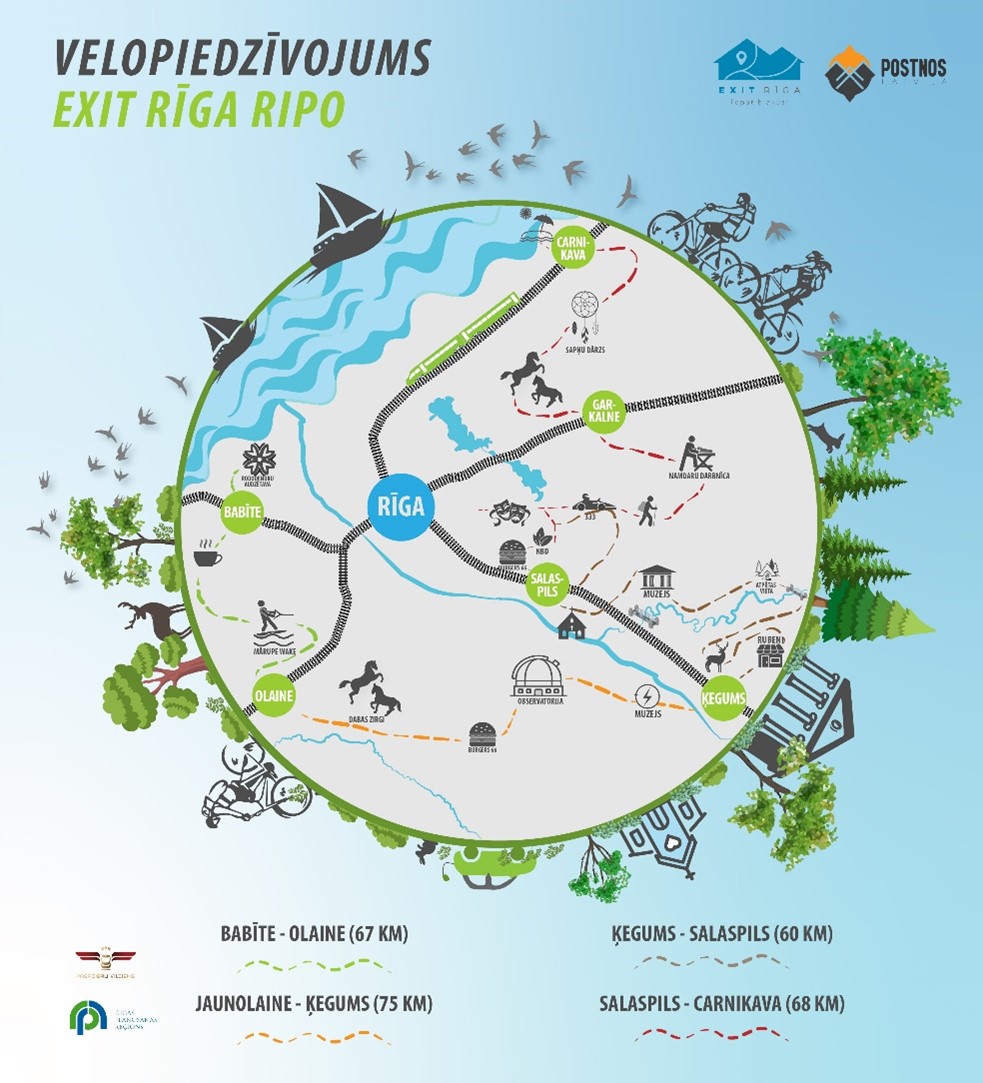Successful implementation of the action for the assessment of Shared Sense of Identity in Kőszeg and in its surroundings in the framework of the Kraft Programme
The second action of the iASK in the course of the Local Flavours Interreg Europe project is called ‘Cognitive Mapping, Examination of Mental Images with the Participation of Residents in Kőszeg and in the Írottkő Nature Park through Experiments – Examination of the Shared Sense of Identity/Place’.
Starting in August 2022, the preparation for the research and the experiments took place. The first on-site experiment (together with the European Heritage Days) was in September 2022, while the second one (with the Fair of Saint Ursula’s Days) in October 2022. The questionnaire-based sampling method has been applied via internet, too.
Each settlement represents a special character and the associations that people have about it may vary to high extent. As Pillai (2013) and Rashid (2015) argues, cultural mapping is a systematic approach to identifying, recording, classifying, and analysing a community’s cultural resources or cultural assets that traced the historical, economic, social, geographical significance of a site. The mental map is an environmental psychology approach that can contribute to urban research with a complementary approach, highlighting the relationship between human behaviour and the environment. This means that a person gets to know his environment by the actions he or she performs in it. We think about the environment objectively, but it is actually a subjective thing, because everyone has different feelings about different places, cities or neighborhoods (Brózik and Dúll, 2019).
The research focused on the following areas:
1. Demographic data personal data provided at the end of the questionnaire;
2. Territorial evaluation of Kőszeg and its surroundings: its name (for e.g. Kőszeg and its surroundings, Írottkő Nature Park, Kőszeg and foot of the Alps) and regional character;
3. Free associations: items related to specific towns and villages in the neighbourhood;
4. Evaluation of the best and worst attributes: creating a structured ‘image’ based on the words/phrases, which could be divided into 3 main groups: environment, service portfolio and social patterns.
The following list highlights few results of the free association method.
• Bozsok: ‘Kerekes’ confectionary, Sibrik castle and its park, ‘Hat stones’;
• Bük: Thermal and spa, ‘Napsugár’ playground, Nestlé factory;
• Cák: wine cellars, quarry;
• Csepreg: ‘Soproni’ bakery, secondary school, brass band;
• Gencsapáti: Pentecost celebrations, folk dance, children's home;
• Gyöngyösfalu: ‘Holdfény Liget’ adventure park, railway stop towards Szombathely county seat;
• Horvátzsidány: Croats, Mária Peruska chapel;
• Kőszeg: Jurisics castle, ‘home’, Seven Springs (‘Hétforrás’), Calvary church;
• Kőszegdoroszló: ‘pálinka’ (a traditional Hungarian spirit) production, ‘Pogányok’ grape hill;
• Kőszegszerdahely: Church of All Saints, mill;
• Lukácsháza: ‘Csömötei’ lookout, cellar and furnace days, Lake Abért, ampoule factory;
• Nemescsó: Evangelical church and association, ‘Tézsula’ Tradition Preservation Association;
• Ólmod: Croats, border, sack village, ‘Mersich’ House;
• Velem: Chestnut feast, Szent Vid chapel, Artists’ house, ‘Törőcsik Mari’, a famous Hungarian actress.
70 questionnaires have been collected summing up the in-person and online survey’s results. Concerning the name of the micro region ‘Kőszeg and it surroundings’ has been the most frequent, followed by the ‘Foot of the Alps’, ‘Kőszeg and its countryside’. The natural capital, the acknowledgeable environment is the most frequent best attitude in the region. Kőszeg has been identified as a school town (an important link with the first action) frequently. We could conclude that the respondents feel safe in the region, they are proud of the built and natural capital they have as well as they appreciate the social cohesion in the region.
